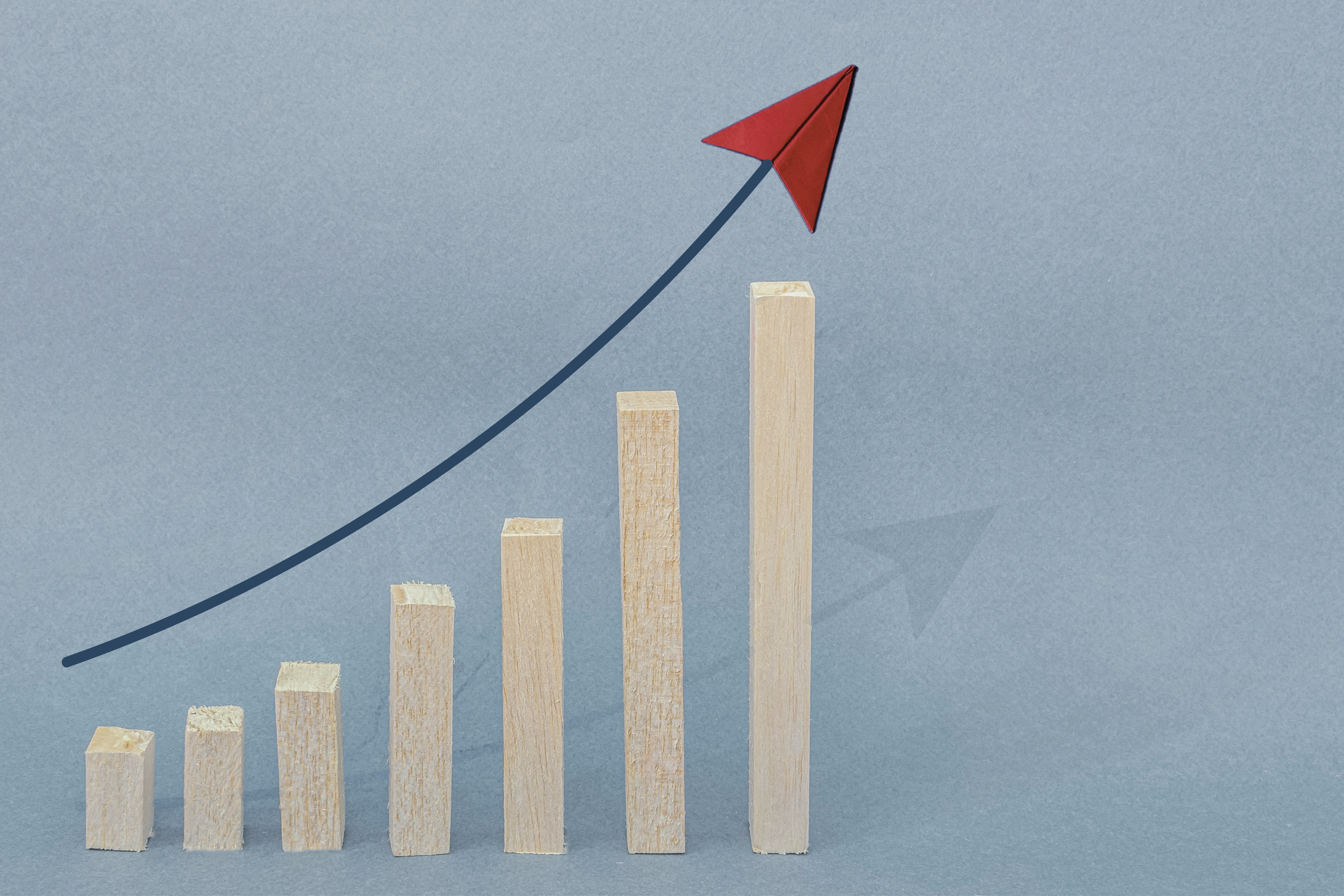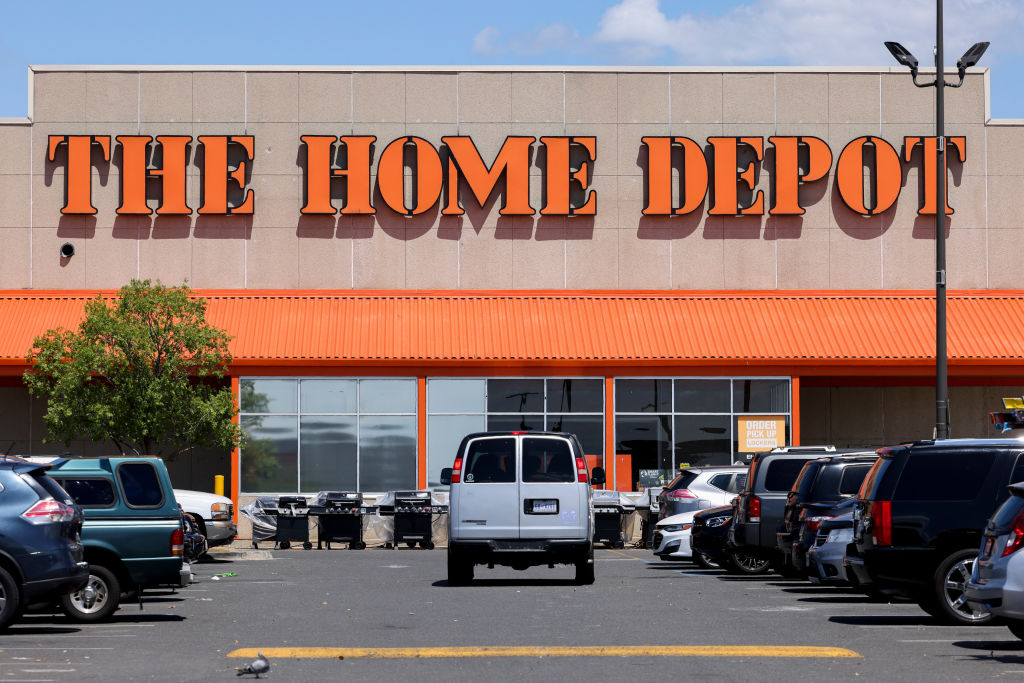What Is Preferred Stock?
Thinking of adding preferred stock to your portfolio? Read on for a breakdown of the pros and cons to buying preferred shares.


It's not the sexiest thing going, but preferred stock, which typically yields between 6% and 9%, can play a beneficial role in income investors' portfolios.
As long as those investors know exactly what they're getting into.
Before we get started, know that preferred stock as an asset class is somewhat complicated and covers a lot of ground, so we'll be hitting only some of its more salient characteristics here.
From just $107.88 $24.99 for Kiplinger Personal Finance
Be a smarter, better informed investor.

Sign up for Kiplinger’s Free Newsletters
Profit and prosper with the best of expert advice on investing, taxes, retirement, personal finance and more - straight to your e-mail.
Profit and prosper with the best of expert advice - straight to your e-mail.
Suffice to say, that – as with any investment – it's critical for individual investors to understand the particular terms and features of the preferred stocks they are buying.
How does preferred stock work?
Preferred stocks are often called "hybrid" securities because they possess both bond- and equity-like aspects.
Similar to common stock, preferreds represent an equity interest in a company. However, like bonds, they also pay regular interest or dividends based on the face – or par – value of the security on a monthly, quarterly or semi-annual basis.
On the upside, preferred stocks usually feature higher yields than common dividend stocks or bonds issued by the same firm.
Their dividend payments also take priority over those attached to the company's common stock dividends. If the company faces a cash crunch, common stock dividends get cut first.
And what happens if the company misses a preferred dividend payment? Well, it depends.
If the preferred stock is a cumulative issue, the unpaid dividends are considered to be in arrears and accumulate in an account. (Missing a payment on preferred stock is not considered to be a default event.)
Those dividends must then be distributed to preferred shareholders before any dividends can be paid to common stockholders.
However, if the preferred stock is non-cumulative, the preferred stockholder is left holding the bag.
That's an important distinction. Although preferred shareholders have seniority over common shareholders when it comes to dividend payments, those dividends are not necessarily guaranteed.
What are the downsides to owning preferred stock?
Preferred stockholders also stand in line ahead of common stockholders in case of bankruptcy or liquidation. That said, a long list of creditors and bondholders have seniority over preferred shareholders should financial catastrophe strike.
If common stockholders are at the bottom of the bankruptcy food chain for recouping at least some of their capital, preferred stockholders are closer to the middle – but not by all that much.
Among the downsides of preferred shares, unlike common stockholders, preferred stockholders typically have no voting rights.
And although preferred stocks offer greater price stability – a bond-like feature – they don't have a claim on residual profits. That means preferreds don't share in the potential for price appreciation that common stocks do.
As such, preferred stock prices move in a narrower range, and tend to do so more on interest-rate risk or the issuing company's credit risk.
Some would argue those are high prices to pay to secure only a somewhat higher yield. But the caveats don't end there.
How preferred stocks are like bonds
Preferred stocks come with maturities, which tend to be very long. True, some preferred stocks are perpetual, meaning they never mature, but maturities of 30 years or longer are typical.
Which brings us to this thought experiment: If you were buying a bond instead of a preferred stock, ask yourself if you would be comfortable owning an instrument with such an extended date to maturity for the yield you're receiving and the risk you're assuming.
It's also important to remember that securities with longer maturities are more sensitive to changes in interest rates. Just as with bonds, preferred stock prices fall when interest rates rise.
At the same time, preferreds are often callable. That is, the issuer reserves the right to redeem the security after a certain period of time has passed. As with bonds, preferred shareholders run the risk that the issuer will exercise its call option when interest rates are low.
No income investor wants to be handed back a big ol' bag of money to invest when interest rates are lower rather than higher.
Should I buy preferred stock?
Going back to the plus column, preferred stocks are transparent and convenient in a way that individual bonds are not. They trade on a stock exchange, which gives them price transparency and, importantly, liquidity.
Be forewarned, however, that depending on the size of the issue, the bid-ask spread on a preferred stock can be comparatively wide. That means it might be harder to buy or sell your preferred stocks at the prices you seek.
To sum it up:
- Preferred stocks are usually less risky than common dividend stocks, and carry higher yields, but lack the opportunity for price appreciation as the issuing company grows. They also go without voting rights.
- Preferred stocks are riskier than bonds – and ordinarily carry lower credit ratings – but usually offer higher yields. Like bonds, they are subject to interest-rate and credit risk.
The big selling point is that preferred stocks can offer steady income with higher yields. And, yes, they could very well deserve a place in your portfolio, complementing, say, your allocations to dividend stocks and fixed income investments.
Preferred stock ETFs
If you're interested in adding exposure to preferred stock, a good place to start is with the largest ETFs by assets under management (AUM), which you can see in the table below. Just remember that as with every investment, you must do your own due diligence first.
ETF name (Ticker) | AUM | Expense ratio | Dividend yield |
|---|---|---|---|
iShares Preferred and Income Securities ETF (PFF) | $13.5B | 0.46% | 6.4% |
First Trust Preferred Securities and Income ETF (FPE) | $5.6B | 0.85% | 5.5% |
Invesco Preferred ETF (PGX) | $3.9B | 0.51% | 6.4% |
Global X U.S. Preferred ETF (PFFD) | $2.3B | 0.23% | 6.5% |
Invesco Variable Rate Preferred ETF (VRP) | $2.0B | 0.50% | 5.7% |
VanEck Preferred Securities ex Financials ETF (PFXF) | $1.7B | 0.40% | 6.9% |
First Trust Institutional Preferred Securities & Income ETF (FPEI) | $1.5B | 0.85% | 5.6% |
Virtus InfraCap U.S. Preferred Stock ETF (PFFA) | $1.4B | 2.52% | 9.3% |
Principal Spectrum Preferred Securities Active ETF (PREF) | $1.1B | 0.55% | 4.7% |
SPDR ICE Preferred Securities ETF (PSK) | $809.7M | 0.45% | 6.3% |
Related Content
Profit and prosper with the best of Kiplinger's advice on investing, taxes, retirement, personal finance and much more. Delivered daily. Enter your email in the box and click Sign Me Up.

Dan Burrows is Kiplinger's senior investing writer, having joined the publication full time in 2016.
A long-time financial journalist, Dan is a veteran of MarketWatch, CBS MoneyWatch, SmartMoney, InvestorPlace, DailyFinance and other tier 1 national publications. He has written for The Wall Street Journal, Bloomberg and Consumer Reports and his stories have appeared in the New York Daily News, the San Jose Mercury News and Investor's Business Daily, among many other outlets. As a senior writer at AOL's DailyFinance, Dan reported market news from the floor of the New York Stock Exchange.
Once upon a time – before his days as a financial reporter and assistant financial editor at legendary fashion trade paper Women's Wear Daily – Dan worked for Spy magazine, scribbled away at Time Inc. and contributed to Maxim magazine back when lad mags were a thing. He's also written for Esquire magazine's Dubious Achievements Awards.
In his current role at Kiplinger, Dan writes about markets and macroeconomics.
Dan holds a bachelor's degree from Oberlin College and a master's degree from Columbia University.
Disclosure: Dan does not trade individual stocks or securities. He is eternally long the U.S equity market, primarily through tax-advantaged accounts.
-
 IRS Updates Capital Gains Tax Thresholds for 2026: Here’s What’s New
IRS Updates Capital Gains Tax Thresholds for 2026: Here’s What’s NewCapital Gains The IRS has increased the capital gains tax income thresholds for 2026. You'll need this information to help minimize your tax burden.
-
 Are You Outsourcing Taxes? Here’s the Age ‘Most Americans’ Hire a Tax Professional
Are You Outsourcing Taxes? Here’s the Age ‘Most Americans’ Hire a Tax ProfessionalTax Tips Taxpayers may outsource their financial stress by a specific age. Find out when you should hire a tax preparer.
-
 Your Estate Plan Isn't 'Done' Until You've Completed These Five Steps, From an Estate Planning Attorney
Your Estate Plan Isn't 'Done' Until You've Completed These Five Steps, From an Estate Planning AttorneyCongratulations on getting your estate plan in order. Now, you need to communicate the relevant details to ensure your plan is effectively carried out.
-
 A Nightmare for Parents: How to Navigate the Legal Boundaries of Tenant Rights During a Family Crisis
A Nightmare for Parents: How to Navigate the Legal Boundaries of Tenant Rights During a Family CrisisThis family's story illustrates how important it is to get help sooner rather than later and highlights the complexities of tenant rights and legal protections.
-
 Amazon Surge Sends S&P 500, Nasdaq Higher to Start November: Stock Market Today
Amazon Surge Sends S&P 500, Nasdaq Higher to Start November: Stock Market TodayAmazon inked a $38 billion cloud deal with OpenAI, which sent the stock to the top of the Dow Jones on Monday.
-
 If You'd Put $1,000 Into Home Depot Stock 20 Years Ago, Here's What You'd Have Today
If You'd Put $1,000 Into Home Depot Stock 20 Years Ago, Here's What You'd Have TodayHome Depot stock has been a buy-and-hold banger for truly long-term investors.
-
 Eight Steps to Help Get You Through the Open Enrollment Jungle at Work
Eight Steps to Help Get You Through the Open Enrollment Jungle at WorkWondering how to survive open enrollment this year? Arm yourself with these tools to cut through the process and get the best workplace benefits for you.
-
 Seven Moves for High-Net-Worth People to Make Before End of 2025, From a Financial Planner
Seven Moves for High-Net-Worth People to Make Before End of 2025, From a Financial PlannerIt's time to focus on how they can potentially reduce their taxes, align their finances with family goals and build their financial confidence for the new year.
-
 I'm a Financial Planner: These Are the Seven Tiers of Retirement Well-Being
I'm a Financial Planner: These Are the Seven Tiers of Retirement Well-BeingLet's apply Maslow's hierarchy of needs to financial planning to create a guide for ranking financial priorities.
-
 Why More Americans Are Redefining Retirement, Just Like I Did
Why More Americans Are Redefining Retirement, Just Like I DidRetirement readiness requires more than just money. You have a lot of decisions to make about what kind of life you want to live and how to make it happen.